Music In Wooden Fibers – Sivga Peng Headphones
Sivga Peng is a $495 USD pair of Dynamic Driver Closed-Back Headphones designed for a strong and powerful sound. Today we will review and explore Sivga Audio Peng and also compare them with other similarly priced headphones we’ve recently reviewed including HarmonicDyne Baroque (559 USD), Sendy Audio AIVA 2 (599 USD), and Noble Fokus Apollo (649 USD).
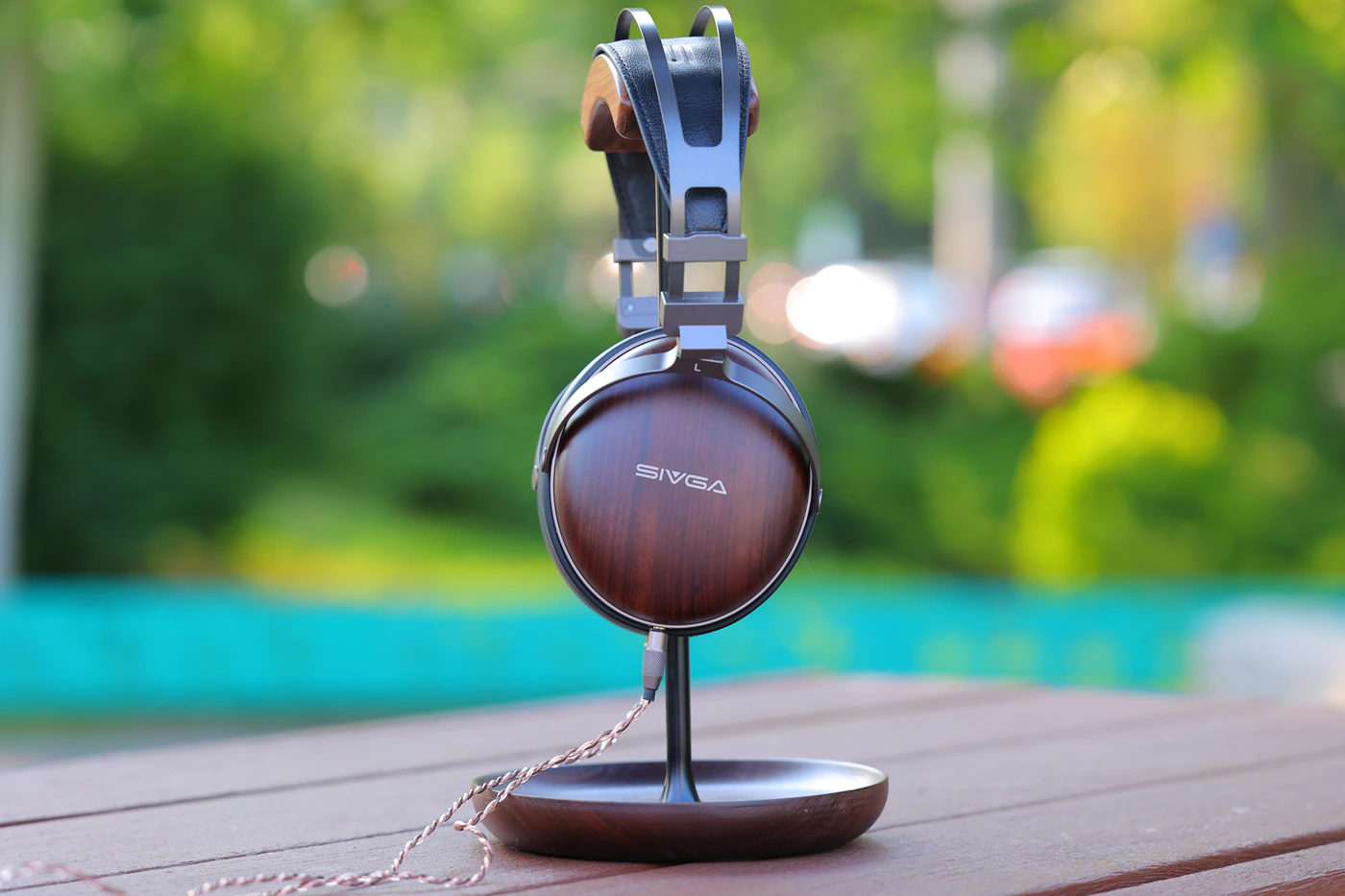
Introduction
Sivga is known for having produced many popular headphone models including the Sivga Anser, Sivga P2 PRO Headphones and Sivga Nightingale IEMs. Those are all models that impressed listeners and other reviewers, they are all popular and the company is known for solid products, using high-quality materials and achieving a beautiful sound.
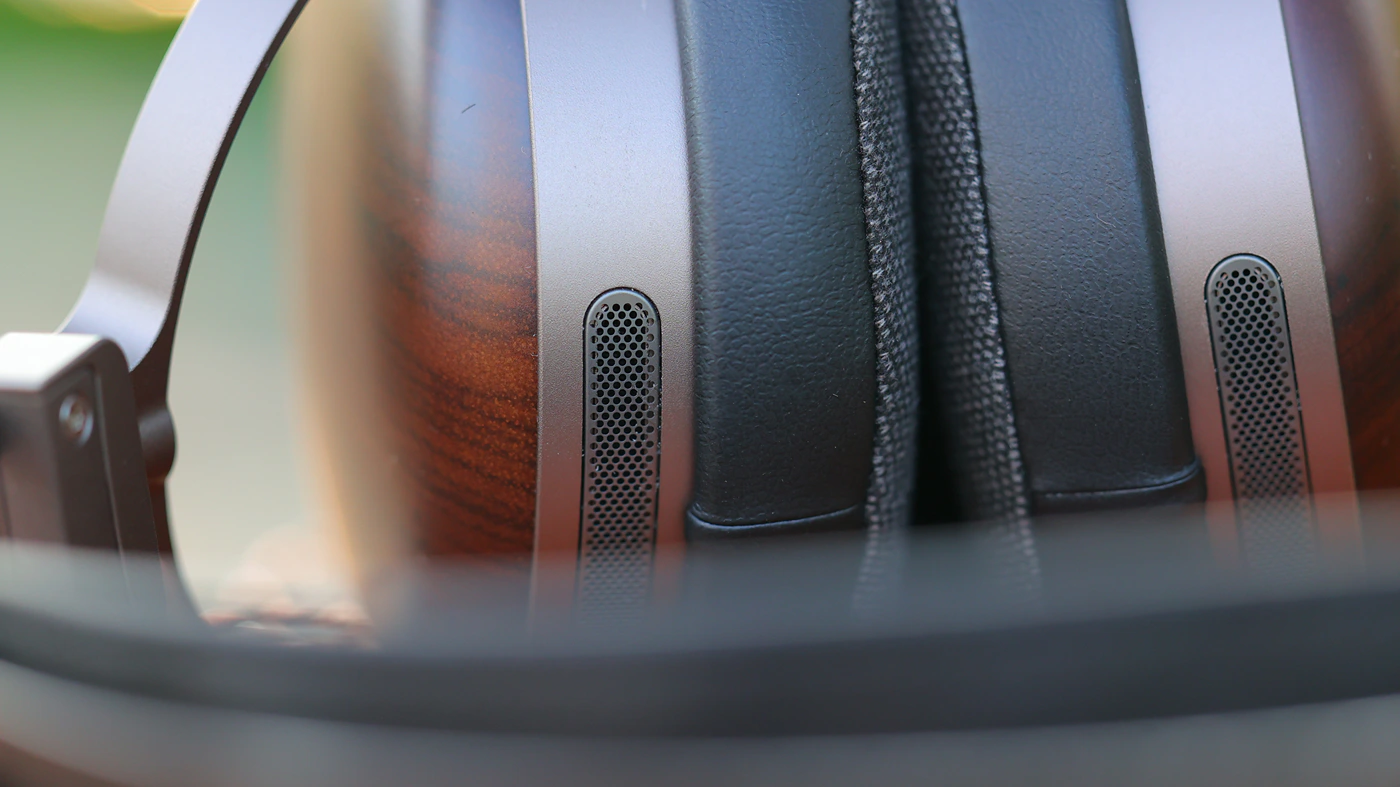
As an Amazon Influencer, I earn from qualifying purchases, and using the purchase links in my reviews helps me maintain this website and Youtube Channel. Audiophile-Heaven has no Ads and our Youtube Channel has no midroll ads, and our work is supported by Affiliate Links and Donations. Huge thanks to Sendy Audio / Sivga for providing the sample for this review, in exchange for my honest opinion.
Product Link
Amazon – https://amzn.to/3GxXKyf
Aliexpress – https://s.click.aliexpress.com/e/_oo9jmmI
Build Quality / Design
Sivga boasts about their new Peng headphones being made with Premium African Zebrawood ear cups. The whole headphones are built around a 50mm LCP Diaphragm dynamic driver. The headband is made of steel, and it also features a premium quality lam leather headstrap. Sivga made Peng to be as comfortable as possible, including fully rotable ear cups, with 180 degrees of freedom, and a freely adjustable headband.
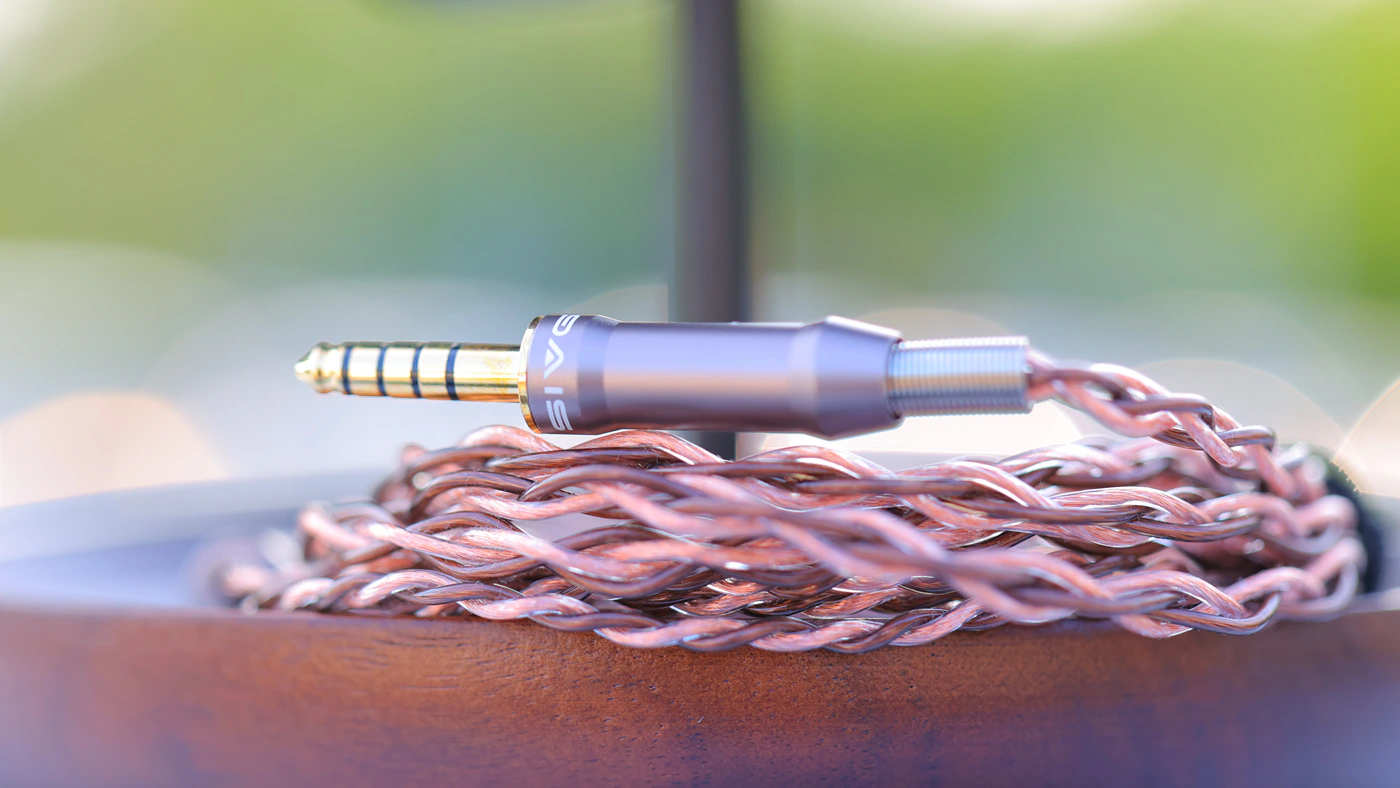
Those 50mm dynamic drivers are quite unique too, being LCP or Liquid Crystal Polymer material surround and a sapphire composite diaphragm. This driver also has a copper ring stabilization system to minimise distortion and increase accuracy of sound reproduction. To match the drivers, we have Angled Ear Pads, with an ergonomic fit, foam fillings and soft / cushiony earpads. There are special vents on top of the earcups to ensure breathability and comfort.
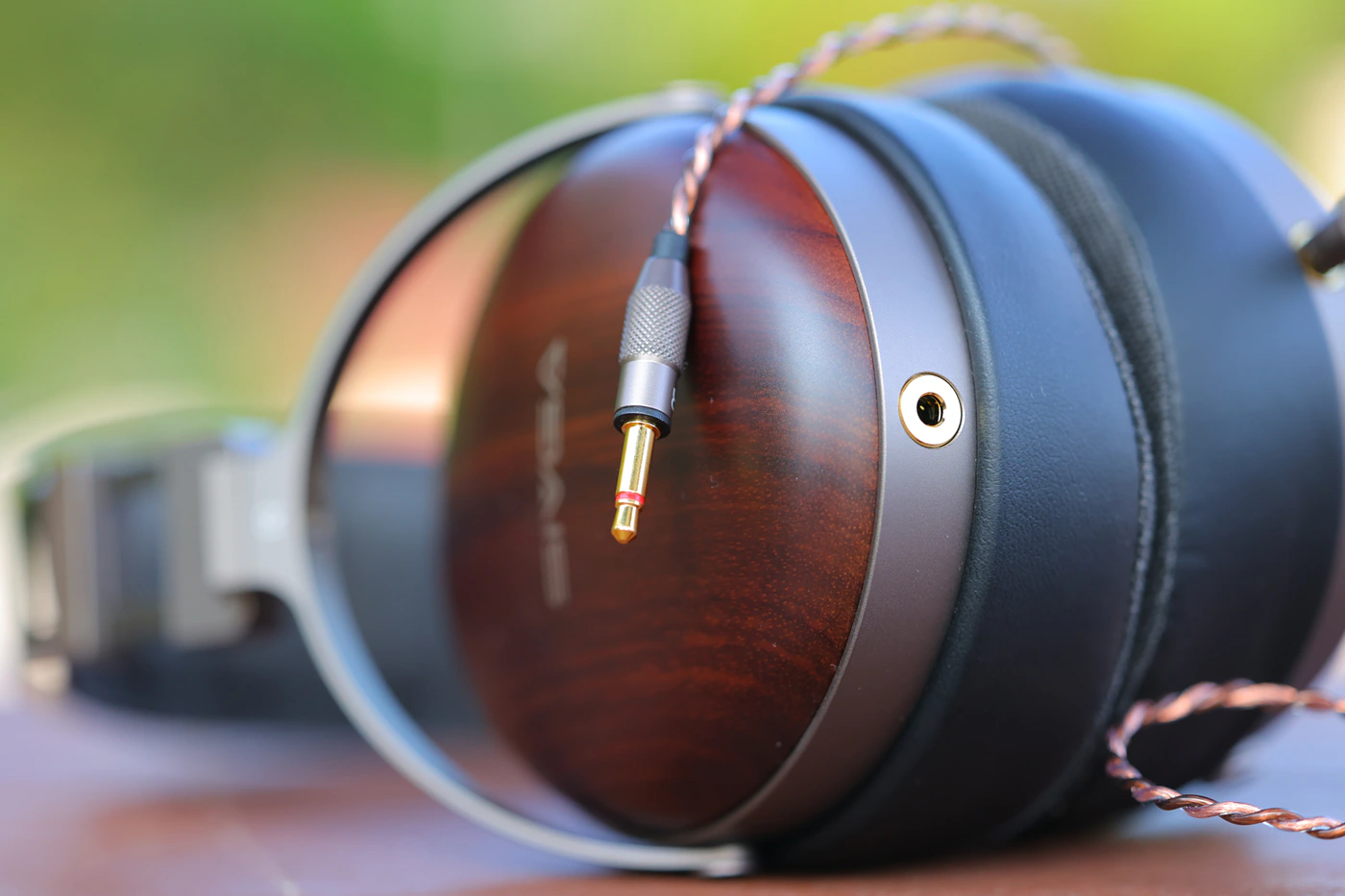
Stock cable is also special, a 6N OCC Cable that has dual 3.5mm mono connectors on the headphone side, and a balanced 4.4mm connector on the source jack side. This is a closed-back model, and the earpads are not just angled, but designed to make perfect contact with the face and keep an even pressure.
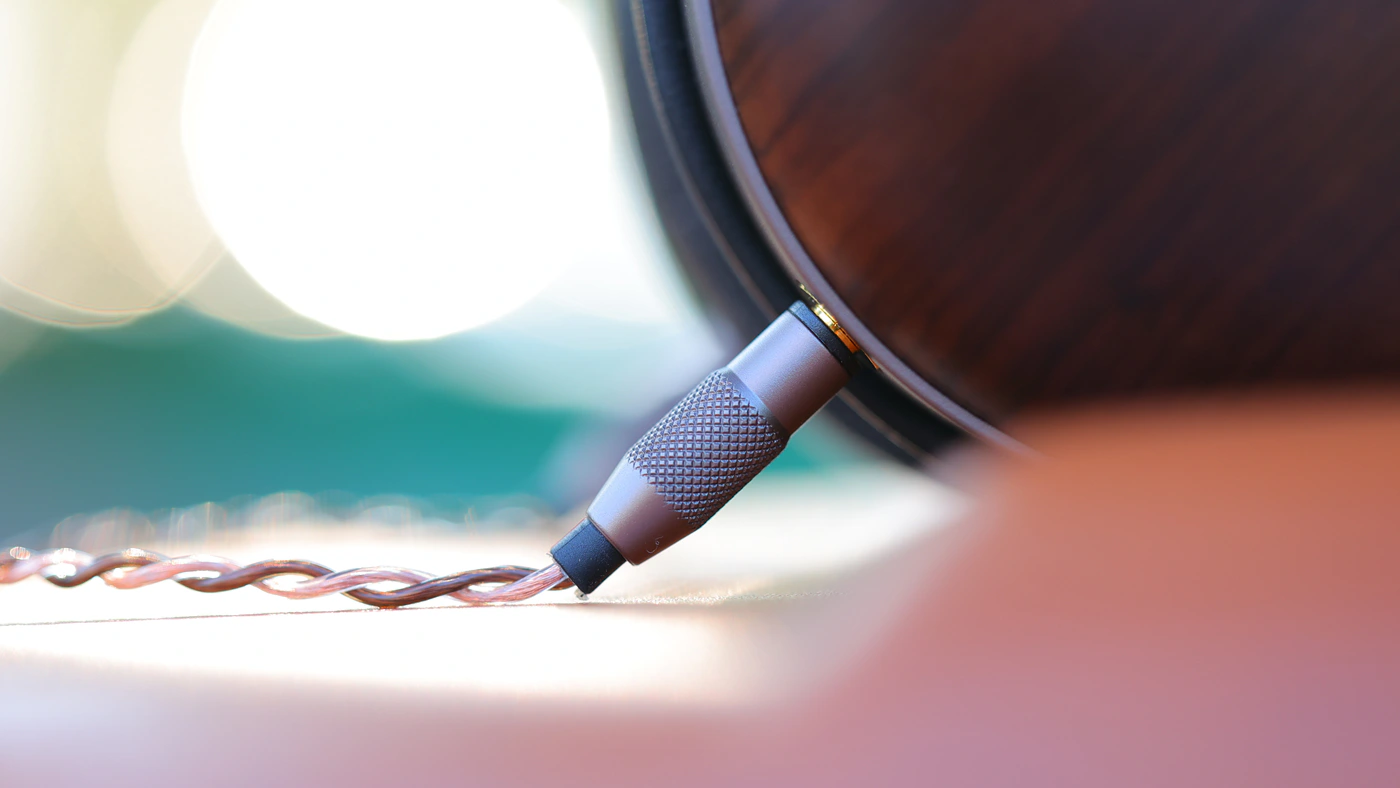
Technically, Sivga Peng has an impedance of 340 OHMs, and a SPL of 102 OHMs, theoretically being really hard to drive. With a weight of 341 grams, Peng is one of the lightest headphones on the market, and it comes with a transport case, and an adapter between the 4.4mm balanced jack to a 3.5mm single ended jack.
Subjective Usage
I love the fitting of the Peng, they have a fairly firm clamping force, but the sculpted earpads really make them comfortable on my head, and it really shows that they would fit really well with a larger and a smaller head. Passive noise isolation is rather high, they filter outside noise, so you will hear some outside noise, as passive isolation is around 10 dB, but once music starts playing, they easily drown out all outside noise.
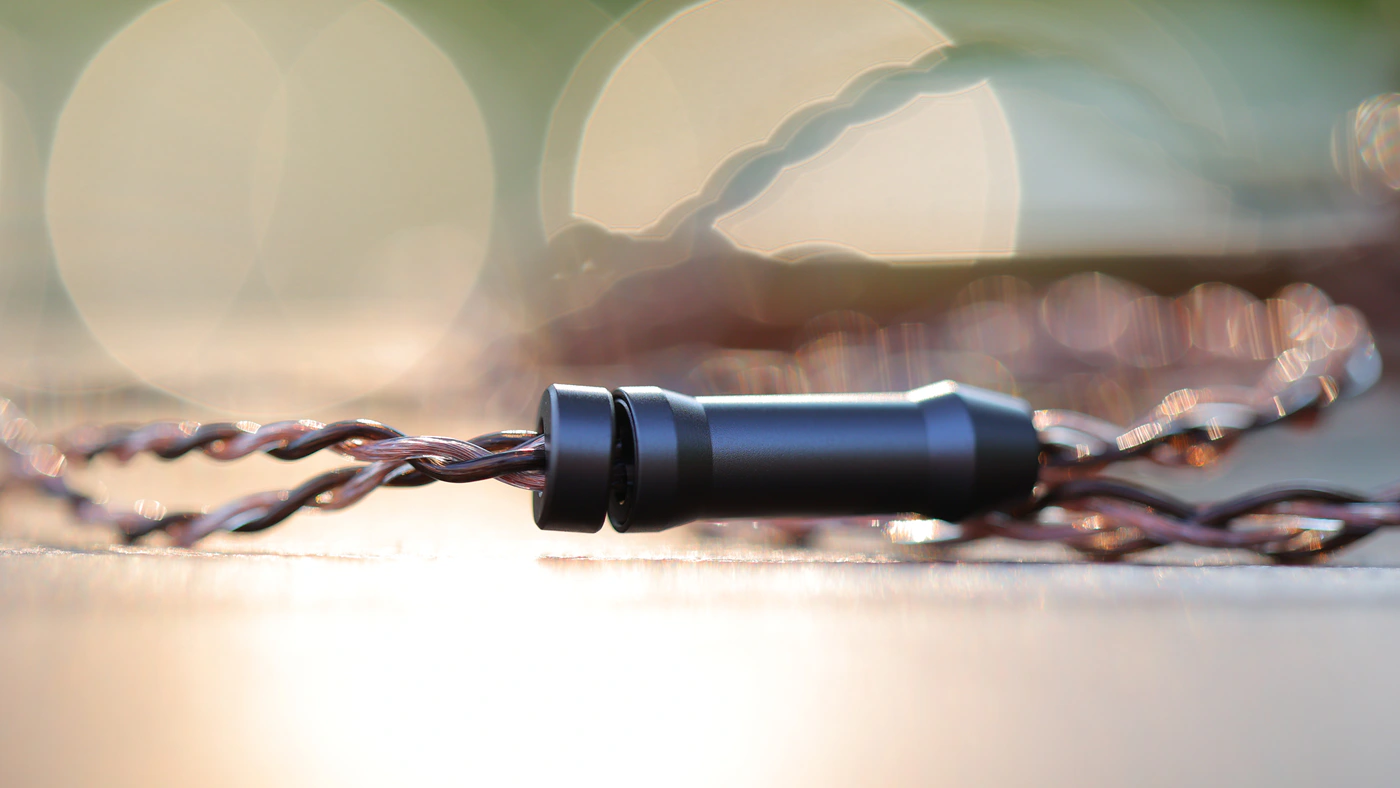
Peng is a closed-back design, but happily they have zero of the disadvantages typically associated with closed-back headphones, no driver flex, no void, they do not heat up your head and ears. In fact, Peng is more comfortable than many open-back headphones out there, earpads are breathable and they feel much better made than the vast majority of earpads headphones come with.
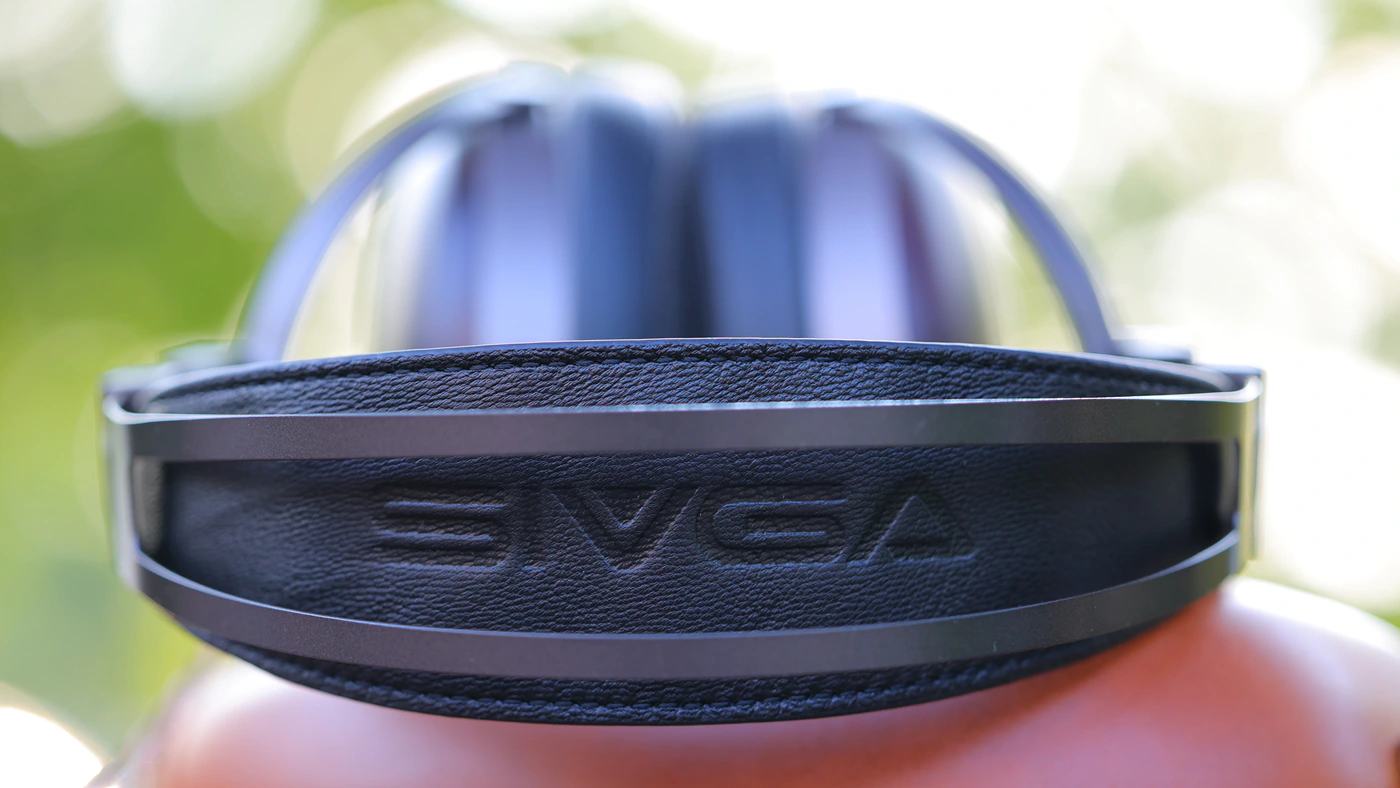
Cable length is perfect, around 2 meters, and this is a flexible cable, with a high noise rejection, it does not conduct handling or microphonic noise, it also has a balanced 4.4mm connector by default, basically perfect. The entire headphone is beautiful, ergonomic, has no creaking and no self noise, and it is very light and comfortable. One of my favorite fits for an over-the-ear headphone this year.
Sound Quality
Pairings – For today’s review I’ve been pairing the new Sivga Peng with a multitude of sources, including FiiO K17, iBasso DX340, Burson PlayMate 2, JDS Labs Element III, Singxer Sa-1 V2 driven by a Musician Pegasus II R2R DAC, Dethonray Clarinet. All of those sources can fully drive the Sivga Peng, but JDS Labs Element III in particular has a useful EQ that can be used in real time, although out of all sources it is the only one that has a 6.3mm output with no 4.4mm balanced output, so you will need to use the adapter included with the Peng.
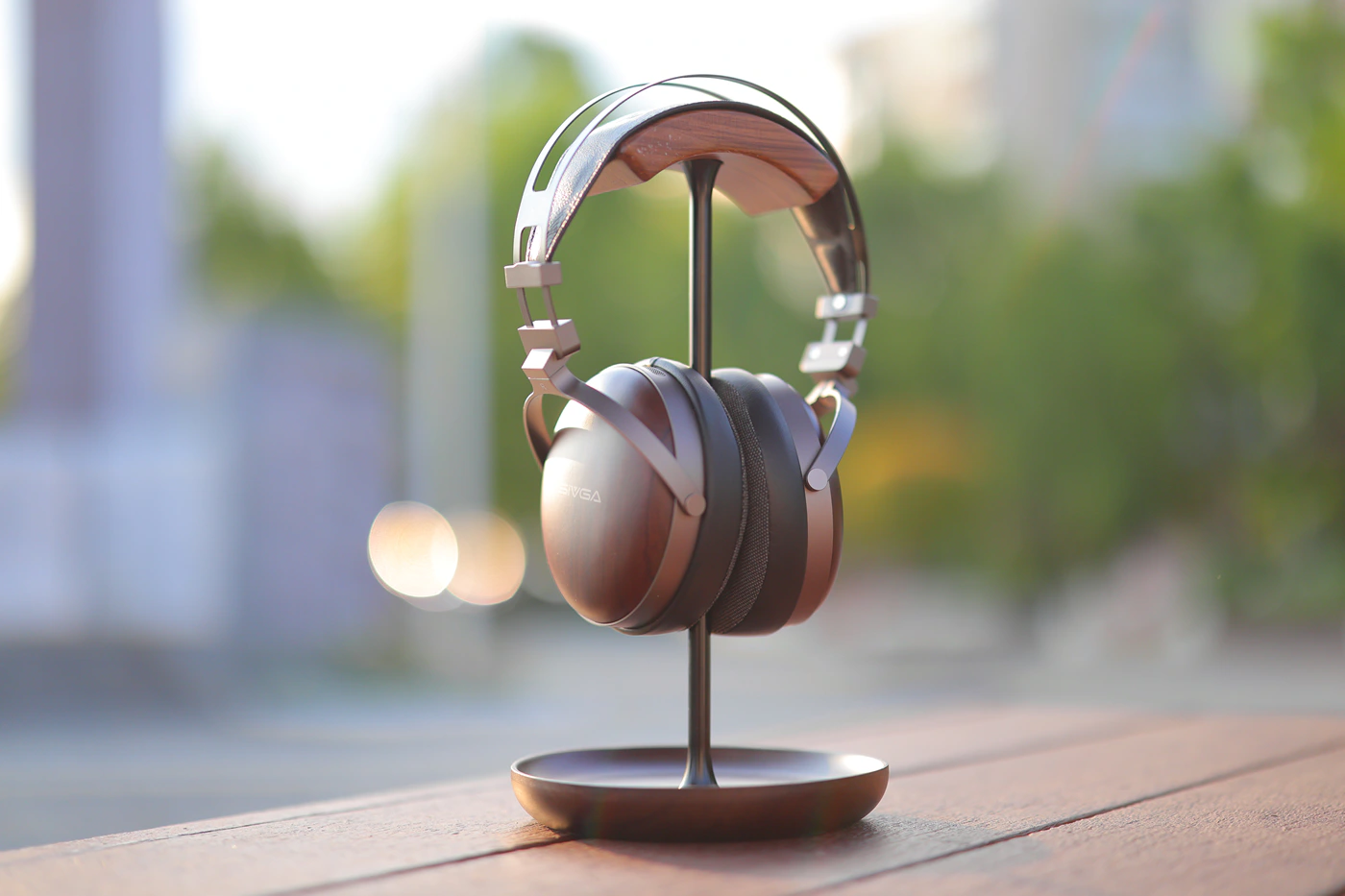
Sivga Peng eats a ton of power, it needs a strong source, needs a high drive, high power, best combined with Amplifiers like Singxer SA-1 V2, or fiiO K17. Naturally, iBasso D16 + iBasso PB5 can totally drive it as a combo, and so can Dethonray Clarinet, but ultra portable sources and dongle DAC AMPs will not be able to drive the Peng. It is the kind of high impedance pair of headphones that has a similar drive factor to that of the Sennheiser Hd 490 Pro Plus, or HIFIMAN He1000SE, but with far better power handling, due to the high impedance. This means that Sivga Peng is more stable across sources, it does not change character and sound depending on the source that is powering it.
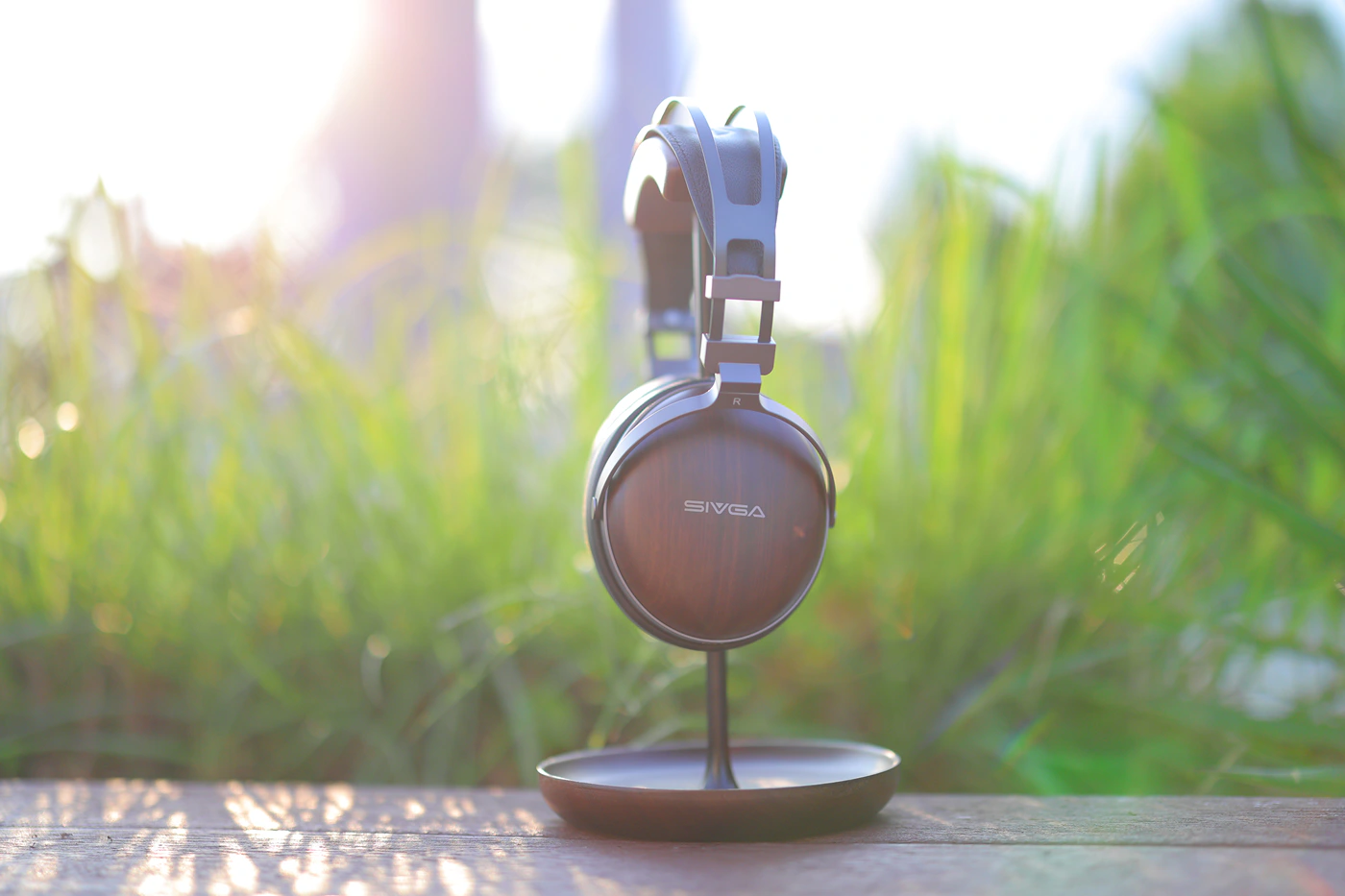
Overall Signature – Sivga Peng sounds really natural, smooth, laid-back, relaxed and slightly soft. It is interestingly clean, with a low distortion, it has a uniquely fluid and liquid sound that fills in a wide soundstage, making the whole presentation holographic, wide and airy. The specific Loudness saturation gradient allows Peng to come alive and become more energetic, more forward and more punchy, more powerful when louder, it becomes far more vivid, but we’re talking about 100 dB and above, as otherwise it stays smoother, laid-back and relaxed sounding.
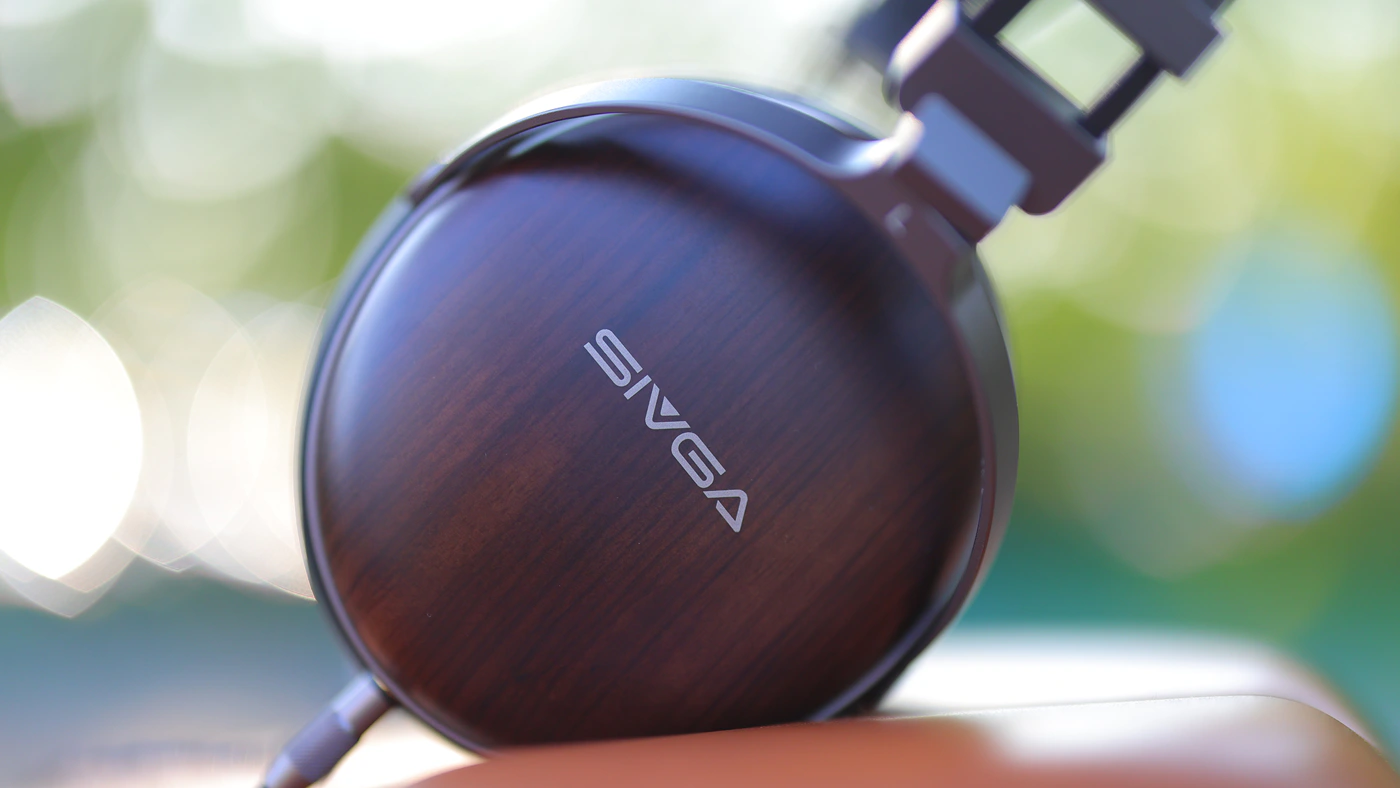
Bass – Starting from the bottom end, bass has depth down to 20 Hz, allowing peng to vibrate on your head, although most bass energy starts from 40 Hz and above, Peng having an uplifted bass presence up to about 90 Hz. Audibly, it has a smooth, rounded, impactful and punchy bass. It sounds full, deep and powerful, with a very low distortion, regardless of the volume you’re enjoying music at. Peng sounds perfect for both classical, EDM, Dubstep but also rock and metal. Bass decay is natural, but attack is relaxed and allows the bass to sound rich and fluid.
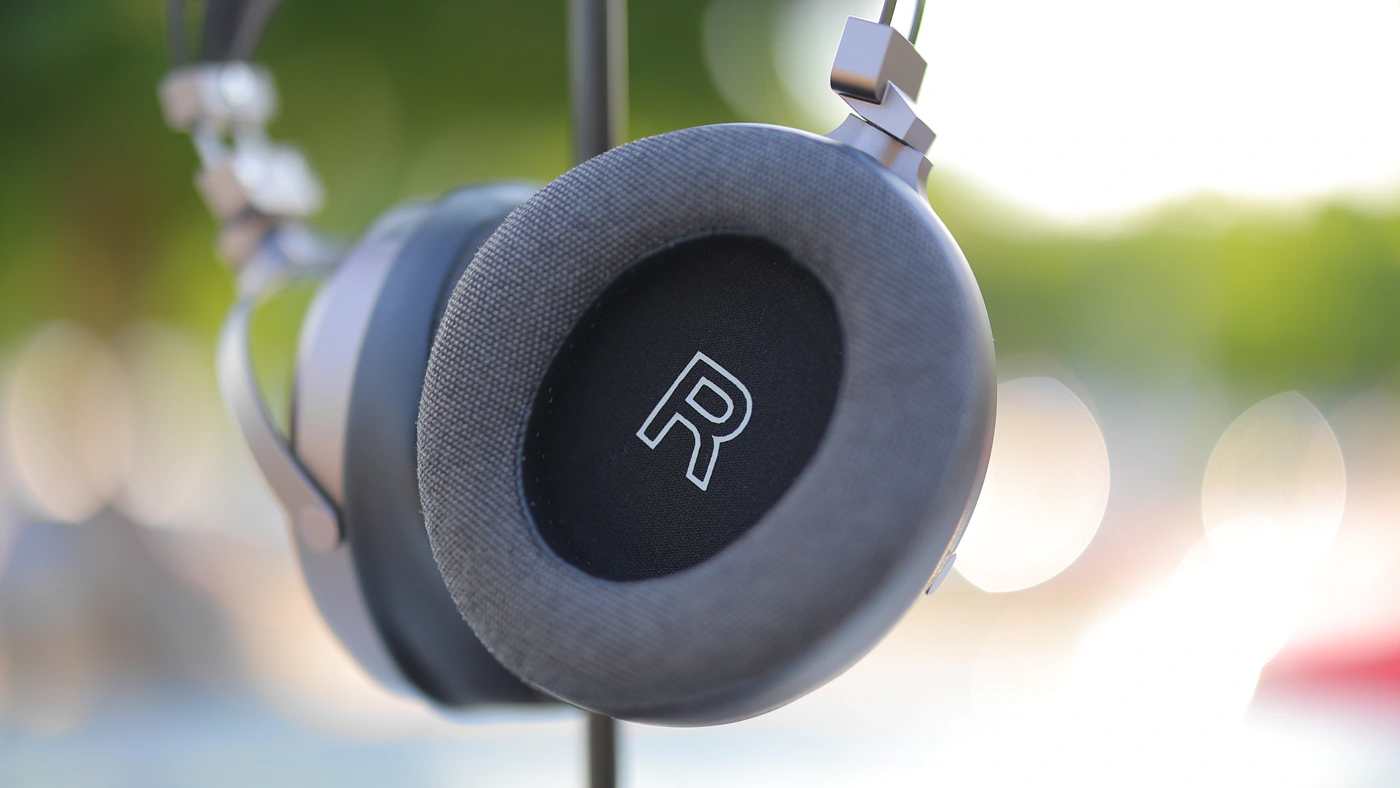
Midrange – You will be surprised by how controlled, relaxed and laid-back Sivga Peng sounds like, they have a uniquely soft and relaxed tuning that works really well for all music. You immediately notice a lack of grain both in the treble, midrange and bass, sound is rich but fluid, clean but flows freely, in a liquid, energetic fashion. I consider Peng to be perfect for enjoying all music styles, it emphasizes both male and female voices, all instruments equally well. There’s no specific coloration in the tuning of the peng, no bias, midrange feels equal in strength, energy and quantity compared to the bass and the treble.
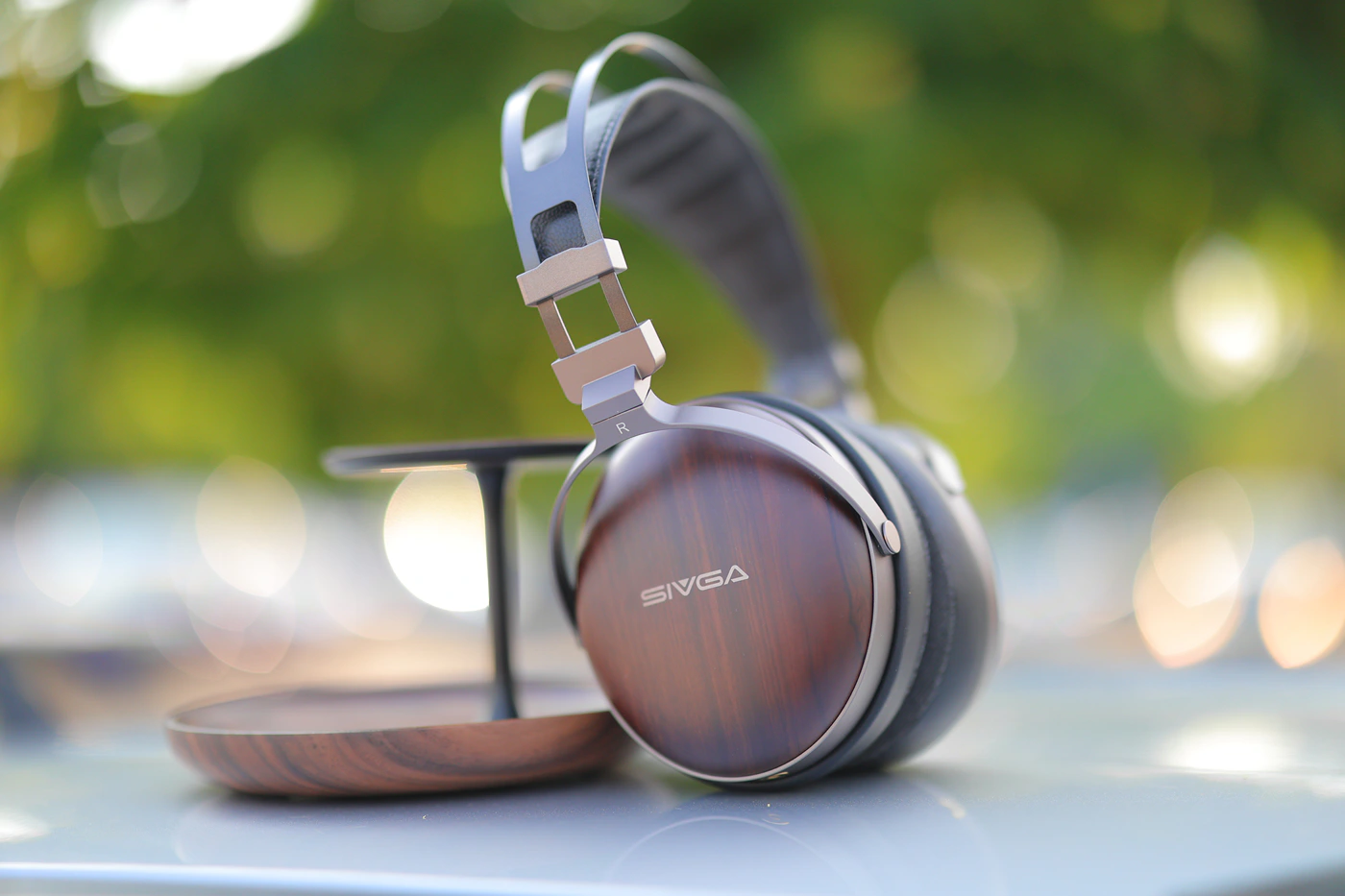
Treble – We also arrive at the top end, where Peng is smooth, relaxed and laid-back, it sounds smooth and rich, without sounding harsh. That lack of grain and fluidity really makes itself at home with Peng, as it sounds uniquely smooth. Treble energy is not really felt across the entire treble, and there’s a recess in treble presence starting with 6 kHz, where it still is softly rolled off from the midarnge, so most treble is laid-back and relaxed, with a signature that resembles the Letter L, with a long and soft decay from the bass and midrange, everything is balanced in such a way that treble just sounds relaxed and lean, not absent.
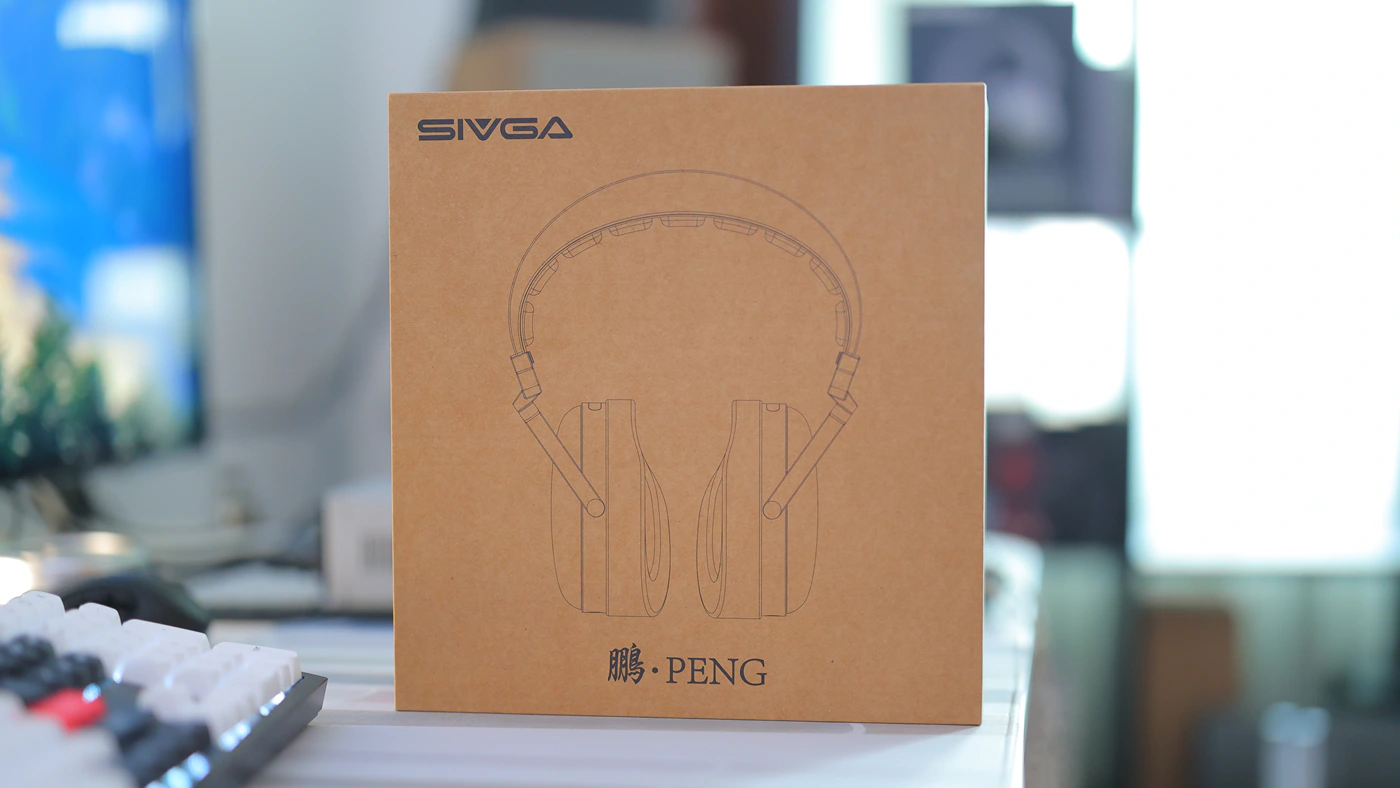
PRaT / Textures / Dynamics – Sivga Peng is one of the most fluid, smoothest, relaxed and clean sounding headphones you can purchase, it has a uniquely rich but grain-free texture. One of the songs that are best to test this is “I heard you like polyrhythms” as it shows quite effectively how each texture sounds and Peng reveals information without sounding harsh, aggro or voluntarily hard.
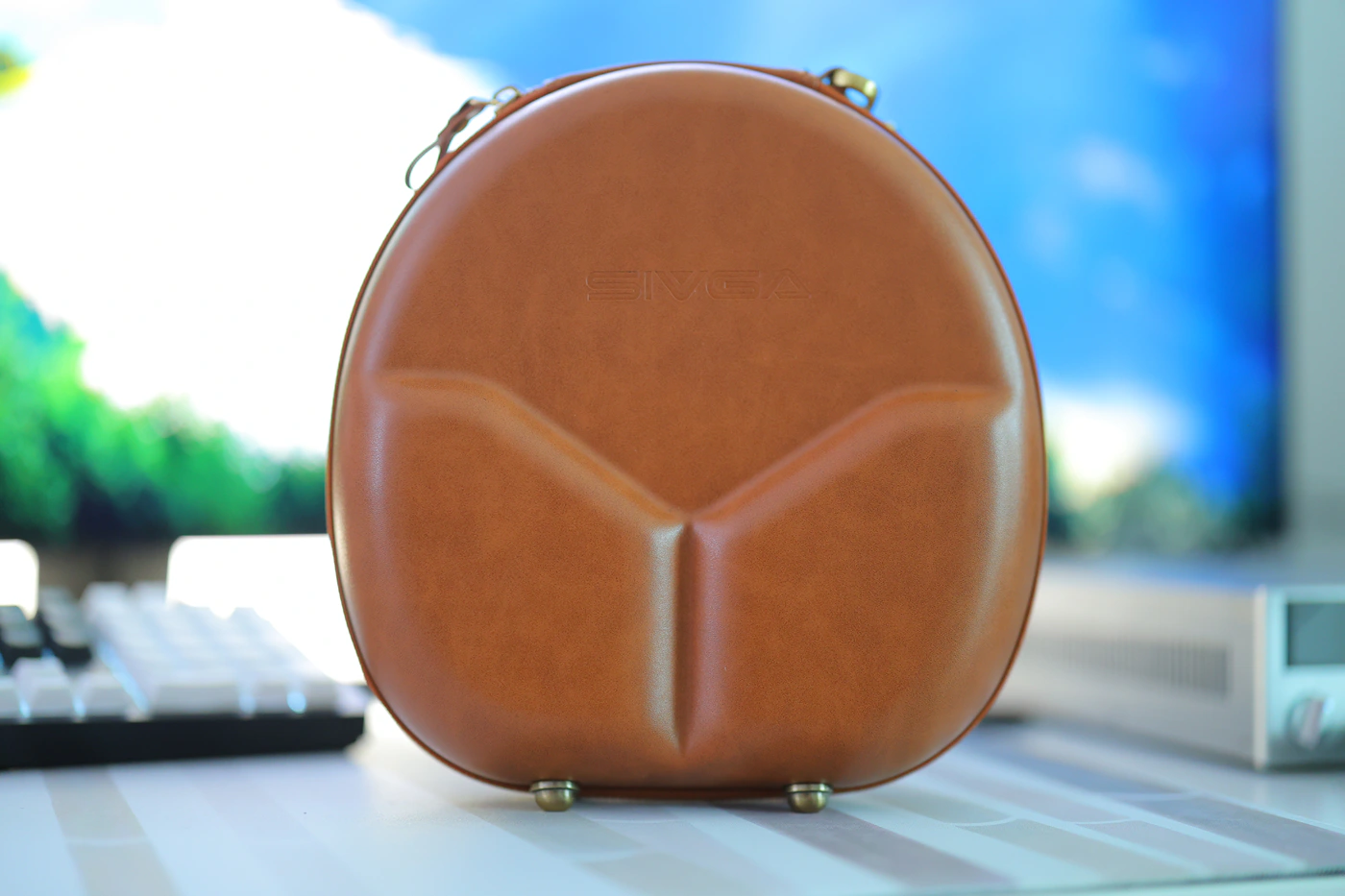
Loudness Saturation Gradient – Sivga Peng will change the sound it delivers with the volume, but only slightly and only when taken up really loud. It never loses control and clarity, it never becomes distorted but it becomes punchier, more impactful with a heavier bass, heavier sound if you push the volume high. Overall, Peng sounds really nice at all volume levels, more airy, and atmospheric at medium and quiet volumes, but far more voracious at high volumes where it really comes alive.
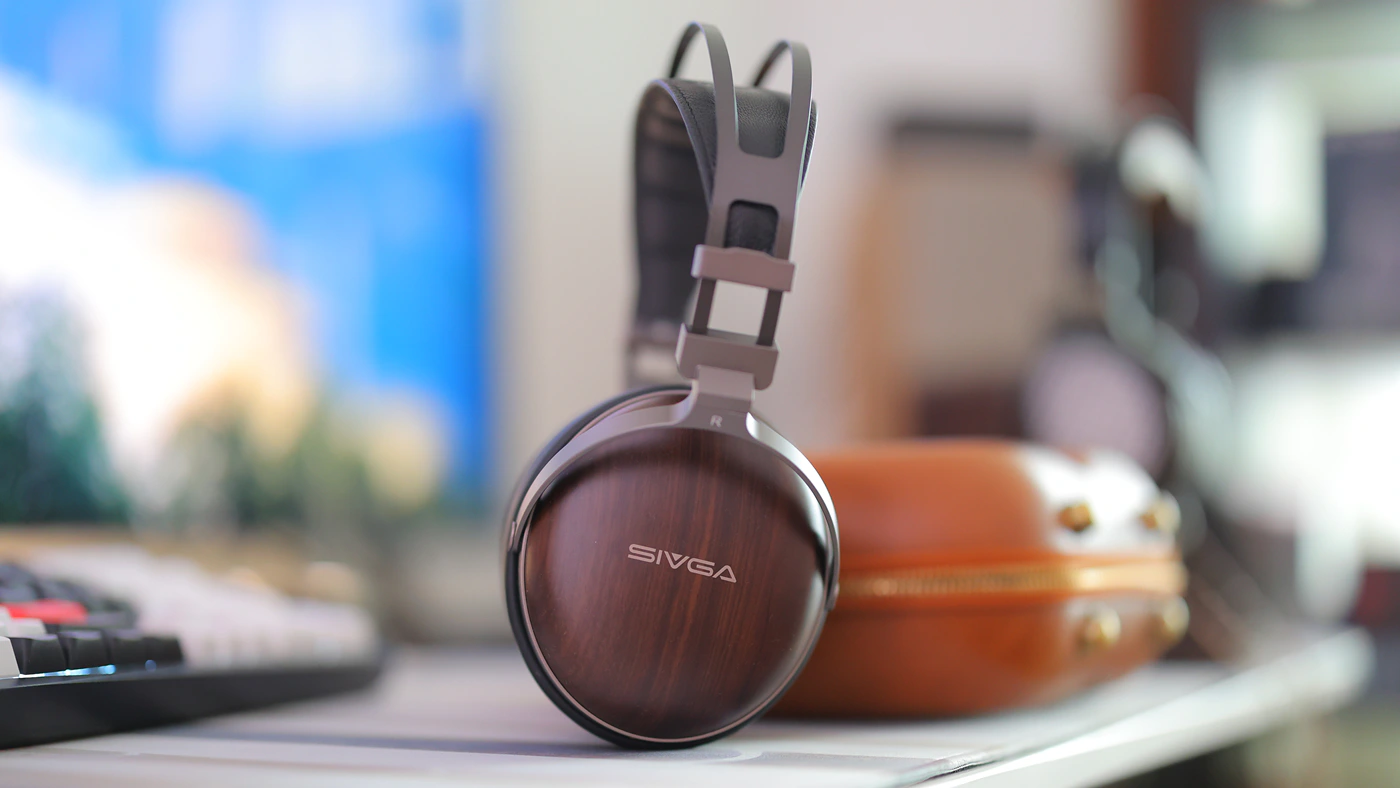
Soundstage – I found Sivga Peng to be a really dynamic, engaging, but airy and wide sounding pair of headphones. I saw this with headphones from Ultrasone in the past as well, but when a company launches a closed back model I did not expect the soundstage to be this big, this wide and holographic. Air is all in the sound, it expands laterally really well, almost infinitely. Separation is medium, it doesn’t really separate instruments surgically, but it does not blend and mash them together either. All in all, it has a really nice airy presentation.
Comparisons
Sivga Peng vs Noble Fokus Apollo (495 USD vs 649 USD) – Built with the idea of being wireless, Apollo is a basshead pair of headphones with a nice kick and punch, and with almost no sacrifice done to the sound. For 150 USD extra, Apollo has their own internal DAC, AMP, Bluetooth module, and a lot of electronics, but they can still sound a bit better if driven from a high-end DAC AMP. Comfort is better on the Peng, which is looser in my head, larger, and a bit less clampy. Peng also feels a bit lighter than Fokus Apollo. Both headphones have a high resolution, but Peng reveals more information in the midrange and the treble, has a more neutral bass, while Apollo has a deeper, more powerful bass, with more kick, impact, and almost 10 dB of extra sub-bass and mid bass. Apollo is clearly more V-Shaped, engaging, less relaxing, while Peng is a laid-back, refined and relaxed listening experience. Both headphones are great for all music styles, but EDM and Dubstep is better on Apollo, while Peng is better for rock, classical, jazz, and music where a less aggro approach is desirable.
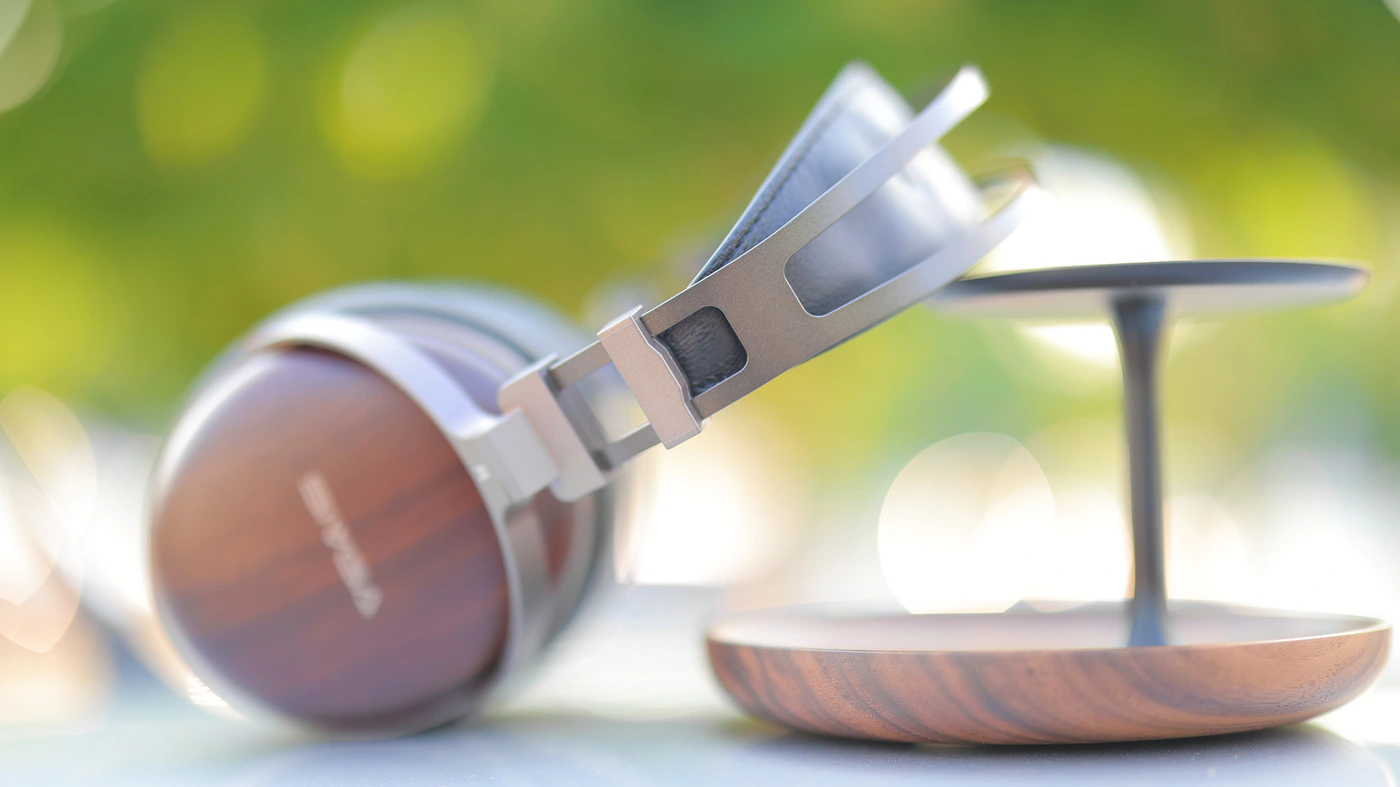
Sivga Peng vs Sendy Audio Aiva 2 (495 USD vs 599 USD) – Made by the same company, launched almost at the same time, Aiva 2 is just as comfortable, a bit lighter, and quite a bit easier to drive. Sonically, Aiva 2 is a much more impactful, less laid-back, more dynamic and engaging pair of headphones. Peng sounds more airy, more holographic, has a much wider soundstage, but also less instrument separation and less definition. The midrange is natural for both, but Aiva 2 is more natural, and while Peng has a smoother treble, Aiva 2 has a more neutral sound overall, more treble, less recessed midrange, and a more neutral bass. Both headphones render instruments naturally, Aiva 2 sounds more neutral – natural while Peng has a smoother, relaxed sound that’s more euphonic, musical and airier too.
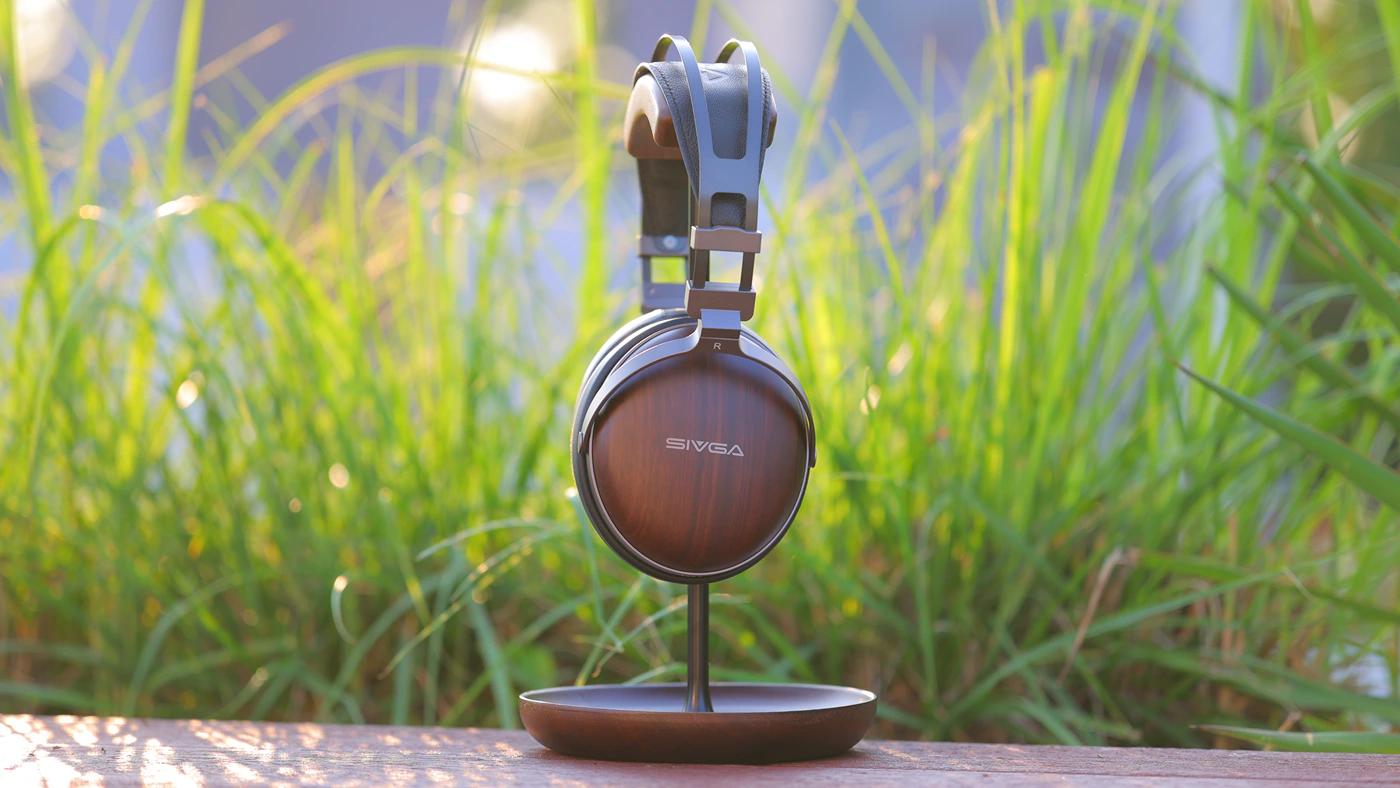
Sivga Peng vs HarmonicDyne Baroque (495 USD vs 559 USD) – Baroque is open-back, a bit larger, made of metal, so it feels heavier, it comes with a nicer default cable, but also makes Peng feel much lighter and more comfortable. Baroque is quite a bit easier to drive, although within a similar ballpark, when you really want to achieve the same SPL. Sonically, Baroque is more natural, it has a wider soundstage, better instrument separation, more attack, quicker decay, and although it does not have grain either, it more easily reveals grain in music. I always described Baroque as the headphone that sits in between HIFIMAN susvara and Susvara Unveiled, so it is a good moment to mention that Peng has a significantly different sound, much smoother, more laid-back, relaxed, atmospheric and leaner. I like both headphones, each has its own unique presentation, Peng is one of the best closed-back models you can buy, while Baroque is a highly addictive and engaging open-back model.
Value and Conclusion
Sivga Peng offers a high price / performance ratio, it is uniquely versatile, works well for all music styles and has some passive noise isolation without any kind of comfort issues. For a closed-back model, it sounds wide, airy and holographic, projecting music nicely in both the lateral and vertical plane, everything just sounds airy and slightly soft, it is a master of musicality and relaxation. It also handles both high and low volumes really well.

At the end of the day, Sivga Peng is one of the headphones with the highest price / performance ratios, but if you want a relaxed, laid-back and musical sounding pair of headphones that has a smooth texture, but a solid, punchy bass, and which makes music groovy, fun and relaxing, Sivga Peng is one of the headphones I can recommend you the most, it is an absolute unit that I like a lot.

PROs
- Incredibly light and comfortable, just sublime for all heads shape and sizes
- Hard transport case that protects them and makes Peng even more easily transportable
- Good passive noise isolation without making you feel alienated
- Natural midrange, high impact, pleasing overall signature
- Smooth treble with no grain and no hard edges
- Beautiful earcups
- Laid-Back, Relaxed and soothing sound, with just enough isolation to make them a great overall closed-back headphone
- Wide and airy soundstage, holographic and atmospheric
Cons
- Laid-Back signature is neither engaging nor the most resolving one
- Actually quite hard to drive and needs a powerful source
Product Link
Amazon – https://amzn.to/3GxXKyf
Aliexpress – https://s.click.aliexpress.com/e/_oo9jmmI
--- Please remember to stay safe, and always have fun while listening to music!---
- If you have a dime to spare, please donate, and help us! It would make the day brighter for me and my wife-
Full Playlist used for this review
We listened to more songs than those named in this playlist, but those are excellent for identifying a sonic signature. I recommend trying most of the songs from this playlist, especially if you’re searching for new music! The playlists are different for Spotify, Tidal and Youtube, and based on the songs I enjoy and are available on each!
https://www.youtube.com/playlist?list=PL_cjBXGmwSHSdGcwuc_bKbBDGHL4QvYBu
https://open.spotify.com/playlist/5J3oloz8Riy9LxEGenOjQ0?si=979ba4f082414be7
https://tidal.com/browse/playlist/330fd544-8e5b-4839-bd35-676b2edbb3d5
--- Contact Us ---





